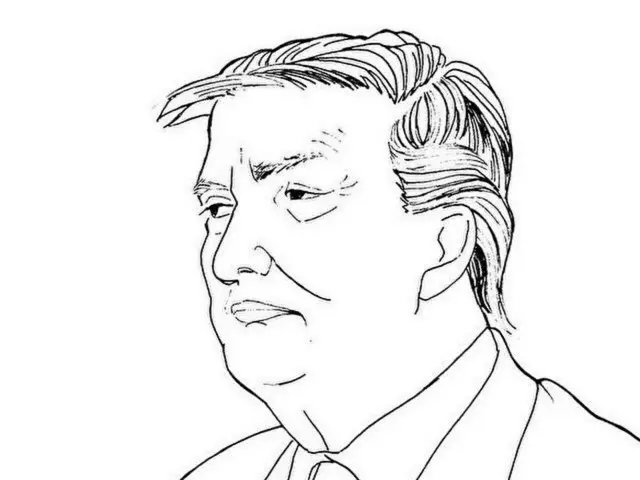The Financial Times (FT) reported on the 9th (local time). On the same day, President Trump announced a 90-day grace period for reciprocal tariffs with all countries except China, and a 10% basic tariff.
The United States imposed an additional 50% tariff on China. This raised the additional tariffs on China from 54% to 104%. China then retaliated by taking
After the initial announcement of the reciprocal tariffs, Apple stepped up its response. The reciprocal tariffs against India were 26%.
Indian sources told the FT that Apple is looking to reduce iPhone production in China and instead increase production in India to minimize the tariff burden.
Apple has been one of Wall Street's biggest casualties since President Trump's tariffs were announced. Its market capitalization fell by about $700 billion after the first round of tariffs was announced.
This is seen as a clear indication of the dilemma facing Apple, which has built its business around China, as approximately 80% of its iPhones are manufactured in China.
"If India were to allocate all of its iPhone production to the US, it would cost $1.2 billion to ship iPhones to the US every year," said Womshi Mohan, an analyst at Bank of America.
"This will provide a buffer for 30 million of the more than 50 million iPhones shipped," he said, but added, "This is an effort to partially mitigate the impact (of the tariffs) in the short term, but it will not last in the long term."
It's not a sustainable solution."
2025/04/10 09:38 KST
Copyrights(C) Edaily wowkorea.jp 88

